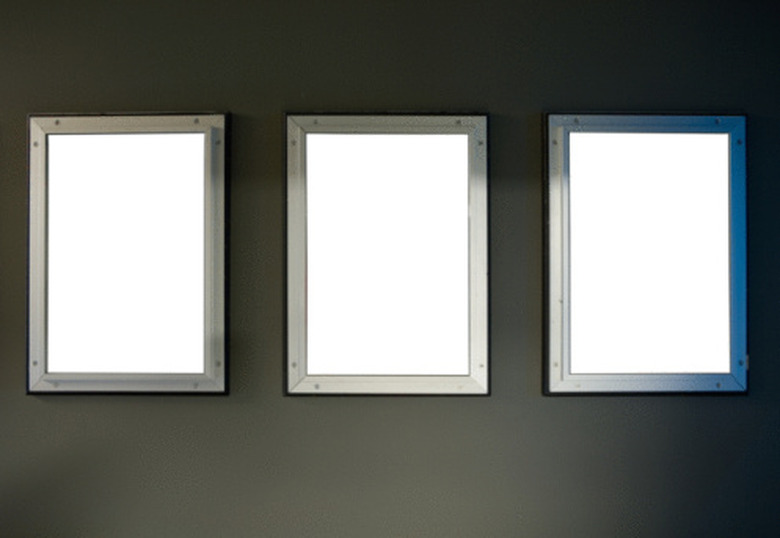In order to solve many geometry problems, it’s important to understand the basics of angle measurement and the rules that all polygons follow. By calculating the sum of the interior angles for a specific polygon, missing angle measurements can be found and used to solve the problem.
Angles and Polygons
An angle is formed when two lines (or line segments) meet at a single point. Angles are classified into distinct groups based on their measurement in degrees. Acute angles measure between 0° and 90°; obtuse angles measure between 90° and 180°. Right angles measure 90°. “Straight” angles, in which the sides of the angle form a straight line, measure 180°.
A polygon is a closed figure consisting of points connected by straight line segments. At each point, or vertex, an angle is formed. The measurements of these angles obey certain rules that depend on the type of polygon.
What Is a Quadrilateral?
A polygon formed by connecting four points with four straight line segments that do not cross is called a quadrilateral. All quadrilaterals have four sides and, therefore, four interior angles. It is important to understand which angles are interior if the quadrilateral is concave. In a convex quadrilateral, a line drawn between any two corners will fall entirely inside the polygon; also, each of the interior angles measures less than 180°. In a concave quadrilateral, however, a line can be drawn between one pair of corners opposite each other that falls outside the polygon. These quadrilaterals have one angle that is greater than 180°; this large angle must be measured for the following formula to be correct.
Formula to Find the Sum of the Interior Angles of a Polygon
The formula to find the sum of the interior angles of a polygon is (n-2)180°, where n is the number of sides of the polygon. When applying this formula to quadrilaterals — for which n = 4 — we see that (4-2)180° = 360°. Therefore the sum of the interior angles of any quadrilateral is 360°; this measurement applies to any quadrilateral regardless of type.
Special Quadrilaterals
The measurements of each interior angle are fixed if the polygon is one of the following special types of quadrilateral. A rectangle is a quadrilateral in which the line segments at each point are perpendicular to one another; this means that each interior angle measures 90°. A square, defined as a rectangle with four equal sides and four equal angles, is a specific type of rectangle; each interior angle of a square therefore also measures 90°.

